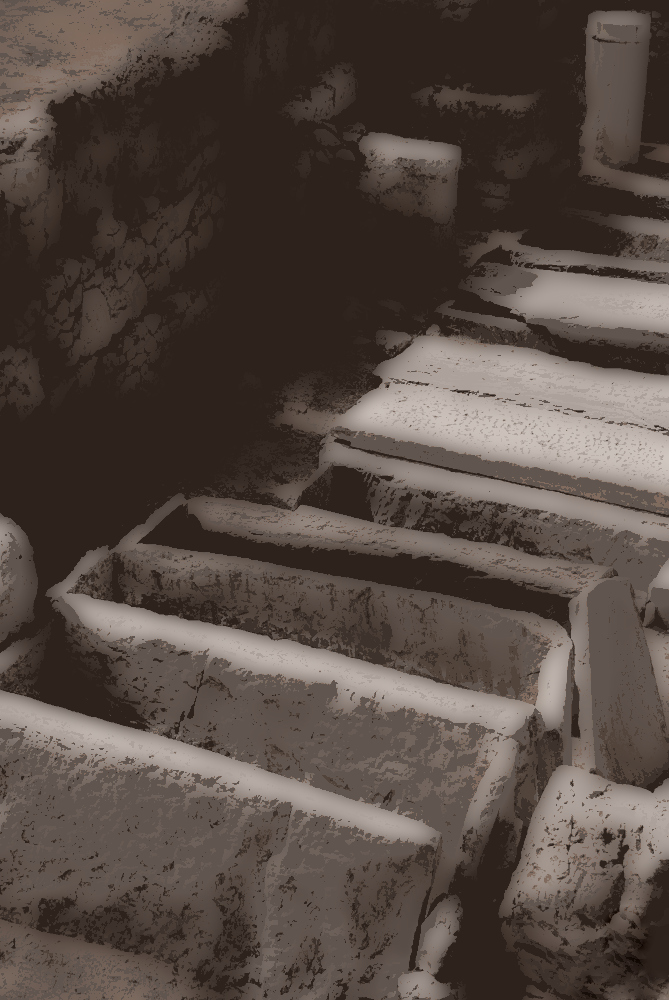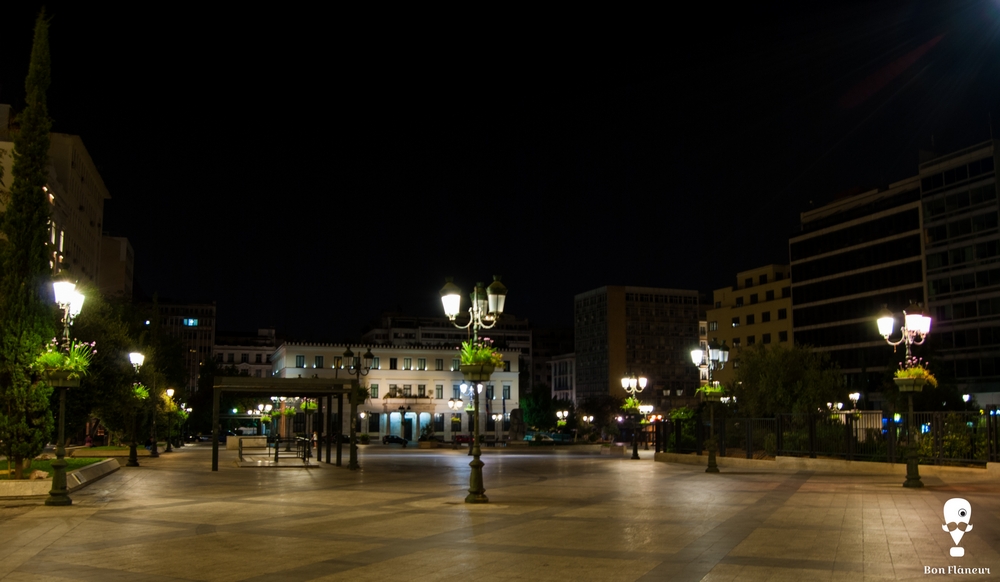Kotzia Square
Currently, the Kotzia Square's official name is “National Resistance Square.”
Location
Timeline
Modern and Contemporary era (1821 - )
1856 A decision is made to build the municipal theatre.
1858 Probable beginning of construction of the Municipal Theatre.
1888 The construction of the Municipal Theatre is completed.
1939 Demolition of the Municipal Theatre. Kotzia square is constructed.
2003 A number of significant antiquities under the square are revealed as a result of the works to redevelop the area.









Share